You will not believe that some of the foods you thought were healthy may actually be paving the way to an early grave. Mass production, manufacturing, sweeteners….are any foods safe anymore?! Read to find out.
1. White Sugar
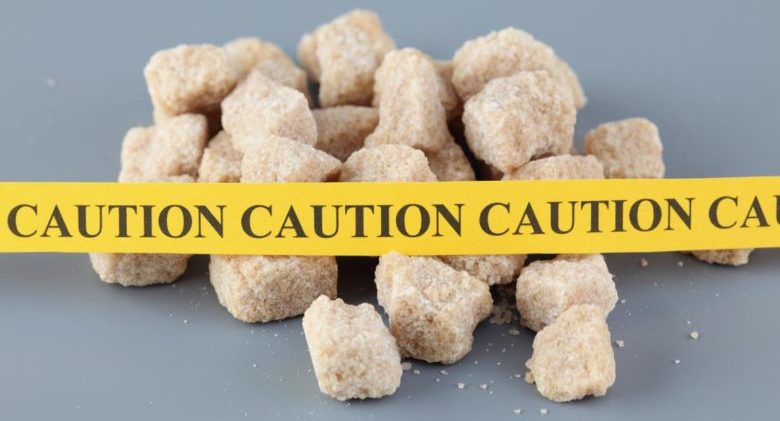
No surprise here. Topping our list of foods that will speed your trip six feet under is refined white sugar. With no redeeming qualities other than taste, it’s known as white poison because it drains the body of important vitamins and minerals, including calcium. So not only will sugar eat away at your teeth’s enamel from the outside, it’ll eat at the calcium from the inside. This goes for bones, too. Frequent consumption is also thought to lead to obesity (and all its dangerous health effects), diabetes, gout, and high blood pressure. Refined sugar is not only what you sprinkle on your cereal or plop into your coffee, it’s what’s added to processed foods to make them sweeter. And kill us quicker.
2. Fruit Juice
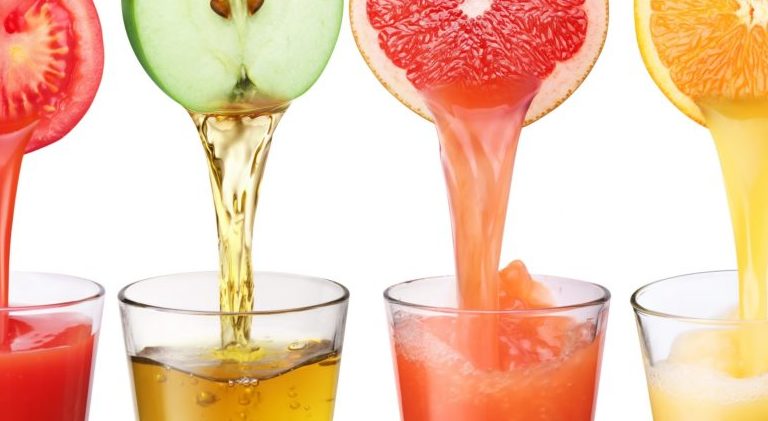
Drinking fruit juice delivers all the sugar of the fruit but only a fraction of the vitamins, minerals and fiber of the actual fruit. So sugary is fruit juice, Susan Jebb quit it. Susan is an English government advisor and head of the diet and obesity research group at the Medical Research Council’s Human Nutrition Research unit at Cambridge University. She says drinking juice is not the same as eating the actual fruit, and the sugar from the juice gets absorbed into your body so fast, your body doesn’t know if you drank “healthy” juice or cola. Azmina Govindji, a dietitian and spokesperson for the British Dietetic Association, disagrees. They both agree, however, that one small cup of juice a day won’t kill you, but limiting your consumption or choosing an actual piece of fruit over the juice is much better.
3. Agave Nectar
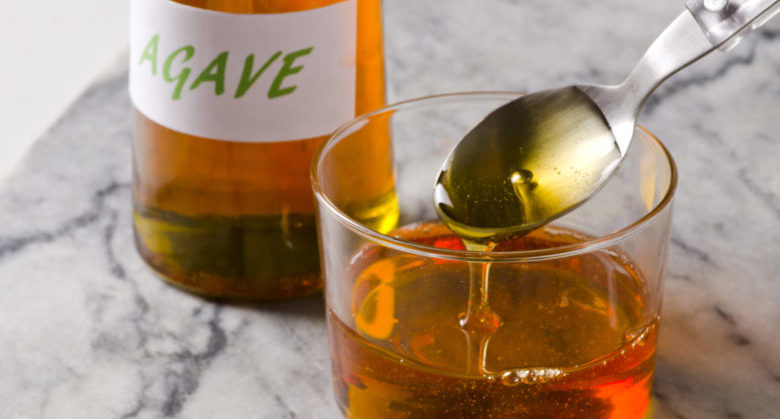
Agave is a popular sweetener, but it should be avoided. It’s derived from the same plant that’s used to make tequila. Even though it’s considered a “natural” sweetener and a “healthy” alternative to sugar, it’s packed with unhealthy fructose. Therefore, it does not register on the glycemic index which registers glucose levels…and spikes. (But if there was a fructose gauge…) That makes agave a deceptive healthful alternative to sugar. It also tricks the body into continuing to feel hungry after consuming it. Trends seem to point to a relationship between consuming fructose in food and drinks and obesity which can lead to a slew of health problems including heart disease and diabetes. Agave is not the way to sweeten anything.
4. Gluten

Celiac disease is intolerance or even just sensitivity to gluten. What is gluten? A mixture of two proteins inherent in wheat and some other grains. Gluten gives the dough of these grains an elastic texture, and if people with celiac disease consume gluten, they can suffer mild symptoms at one end of the spectrum, or death at the other end, and liver disease in the middle. The reaction depends on the severity of the disease, and each individual’s case is different. If you have symptoms (diarrhea, rashes, nausea and vomiting, difficulty breathing, irritation in your mouth and throat and fatigue), speak to your doctor quickly. If you don’t suffer these symptoms, enjoy your sandwiches in peace.
5. Sports Drinks

Can you guess the problem? It’s sugar again. These drinks sometimes have the same amount of sugar as colas. That’s ridiculous, unhealthy, and definitely not what you’re looking for after a workout or sports match. Drink enough and it can ruin your teeth…and add on pounds to your midsection. If your workout is fewer than 60 minutes or not very intense, sports drinks can do more harm than good because of the sugar. It can lead to insulin spikes that lead to fat storage and potentially fatal diabetes. Wait, aren’t you trying to make healthy choices? If your workout is under an hour or not intense, drink water. What about energy bars? Read on…
6. Energy Bars

Energy bars have become very popular. And they taste so good. But candy bars are popular and taste good, too. If you are not training and exercising regularly, your body does not need the potent energy these bars deliver, and it surely doesn’t need the bad stuff they contain. Some energy bars have lots of sugar or worse, high fructose corn syrup, the stuff that makes you think you’re still hungry. Some even have partially-hydrogenated oils…fancy words for trans fats, the stuff doctors say we should avoid completely. Trans fats clog arteries and can lead to heart disease. Oh, let’s not forget the artificial ingredients and preservatives in energy bars. Read the label the next time you want one.
7. Margarine

Currently, butter is touted as better for you than margarine. Yes, yesterday, margarine was better for you than butter. But today butter’s better. So read this one with a grain of salt. (But not too much salt. It’ll also kill you.) When saturated fats were deemed not good for us, margarine was the hero (and maybe even the cause of that report. Hmmm.) Then we learned about unhealthy trans fats, and margarine is high in these cholesterol building, artery-clogging bad guys. Margarine went on the No-No List and butter was placed back on top. Sort of. If you really want margarine, opt for the liquid variety or margarine in a tub. They tend to have lower amounts of trans fats. But check the labels. And check back tomorrow, the news might be reversed.
8. Fat-Free Potato Chips

First of all, potato chips do not count as veggies. Okay, we’ve got that settled. Just six fat-free potato chips could wipe out the benefits of the bona fide vegetables you did eat that day. Many fat-free chips contain Olestra. This is a man-made cooking oil that does not add fat, calories or cholesterol when it’s used for cooking. Sounds good, right? Here’s the catch: Olestra sucks up the carotenoids you got from eating actual vegetables. Carotenoids are pigments that provide you with important health benefits and protection. Olestra sneaks in under the guise of “fat-free” chips….and steals them. Olestra causes problems on the way out, too, especially with stained underwear. (Get it?) This alone could cause you to die of embarrassment.
9. Vegetable Oils

When you eat foods with processed seed oils like canola oil, corn oil, cottonseed oil, safflower oil and soybean oil, for examples, you get a lot of Omega-6 fatty acids. Sounds good. But too much Omega 6 and not enough Omega 3s can lead to inflammation, and that can lead to or contribute to heart disease and cancer. A study was conducted that showed there is a correlation between high Omega-6 levels and death from heart disease. Most (if not all) other studies do not differentiate between the two fatty acids, Omega 3 and Omega 6. That leads us to believe we’re helping our heart any omega fatty acid. To help your heart, give it a balance of the two. For starters, there are Omega 3s in fish oil and flaxseed oil.
10. Breakfast Cereals

Cereals are a processed food which is strike one. Strike two: they are full of refined carbohydrates. Refined carbs are low in fiber, get digested quickly, and can cause major swings in blood sugar levels. Plus, they can contribute to overeating because they only leave you feeling satisfied for about one hour. They’re also fortified with synthetic vitamins that look good on the box cover but won’t help your body as effectively the vitamins in their natural source, like whole wheat or actual pieces of fruit. Then there’s the high sugar content. This is strikes 3, 4 and 5. Read the ingredients and weep. Eating too much sugar has been linked to type 2 diabetes, heart disease and even cancer.
11. Aspartame
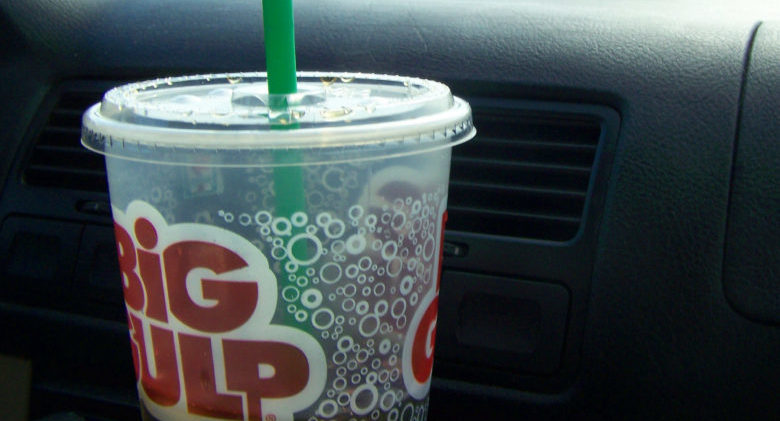
Aspartame is an artificial sweetener, common in colas, and packaged as NutraSweet® and Equal®. It’s 200 times sweeter than the white poison (ahem, white sugar), but Aspartame has the nasty habit of increasing hunger. Do you get that? You’ll order a diet cola, and the diet cola will make you hungrier. Hmmm. Aspartame has also shown to change the microbial composition in intestines. Drinking it frequently could mess with your metabolism and lead to abdominal obesity, high blood pressure, insulin resistance and recent revelations also point to heart disease, stroke, and Alzheimer’s disease. On the bright side, it has not actually been proven to cause cancer, so it’s got that going for it.
12. Cola

Speaking of colas, should we start with the good, the bad or the ugly? Let’s go with bad. An average can of cola contains about 10 teaspoons of sugar. Would you ever consider eating 10 teaspoons of sugar in one sitting? Too much of the white poison increases the risk of obesity, diabetes and heart disease. One study showed that children who drank one serving of sugar-sweetened beverages daily faced a 60% increased risk of obesity. Now for the ugly. The acid in soda can ruin teeth and leave you with an embarrassing (and gross) smile. Ever hear of Mountain Dew mouth? That’s not all. The phosphates weaken bones, and can leave you walking with a hunch. The good? Consumed occasionally, the body can absorb the shock. But if you’re drinking soda regularly, the consequences over time are not pretty. They’re bad and ugly.
13. Trans-Fats

Trans fats are considered the worst fats you can eat. They’re so unhealthy (and downright dangerous) that cities have banned them. Entire cities have banned these fats, as if they were hardened criminals. And for good reason. Trans fats give processed foods better texture and longer shelf life at the expense your heart. Eating foods with trans fatty acids regularly can raise your bad cholesterol and move you closer to a stroke and heart disease. It’s possible trans fatty acids can lead to type 2 diabetes, too. There’s no hard evidence of this yet. Where can you find trans fats? In products like fried foods (including doughnuts), baked goods, cookies, crackers and stick margarine.
14. “Fat-Free” Products

Good for you if you are watching your weight and are careful about what you eat. But don’t let the “fat-free” title trick you. Food manufacturers want their food to be tasty so you’ll buy it again and again. They also realize there are some people, like yourself, who are watching what they eat, so they offer low-fat or fat-free options. But these foods don’t taste good. The manufacturers must add chemicals and sweeteners, especially sugar, flour, salt and thickeners, so you’ll enjoy the product…and buy it again. It could be the fat is better for your body than the additives that can lead to a host of health problems.
15. Apples
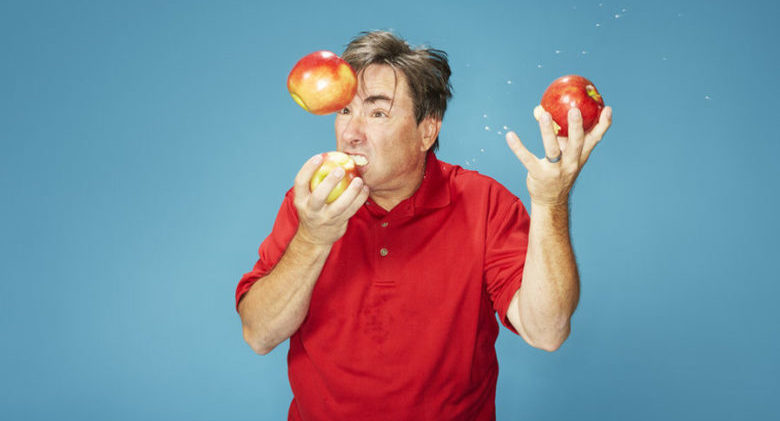
To keep insects off their crops, farmers shower their fruits with pesticides. Even though the fruits might get a bath after being picked from trees, some pesticides still remain on the skin. Genetically modified fruits (GMOs) may have pesticides in the actual DNA! There are not yet any long-term studies to prove any negative health effects of pesticides in humans, but the Centers for Disease Control and Prevention reports there are traces of 29 different pesticides in the average American’s body. Experts at Consumer Reports recommend choosing and eating organic fruits and vegetables because they are the best choice for your health, the environment, and the people who grow our food. Organic fruits may cost a little more, but they might save you from an early dirt dive.
[Featured Image Credit: www.pinterest.com]
